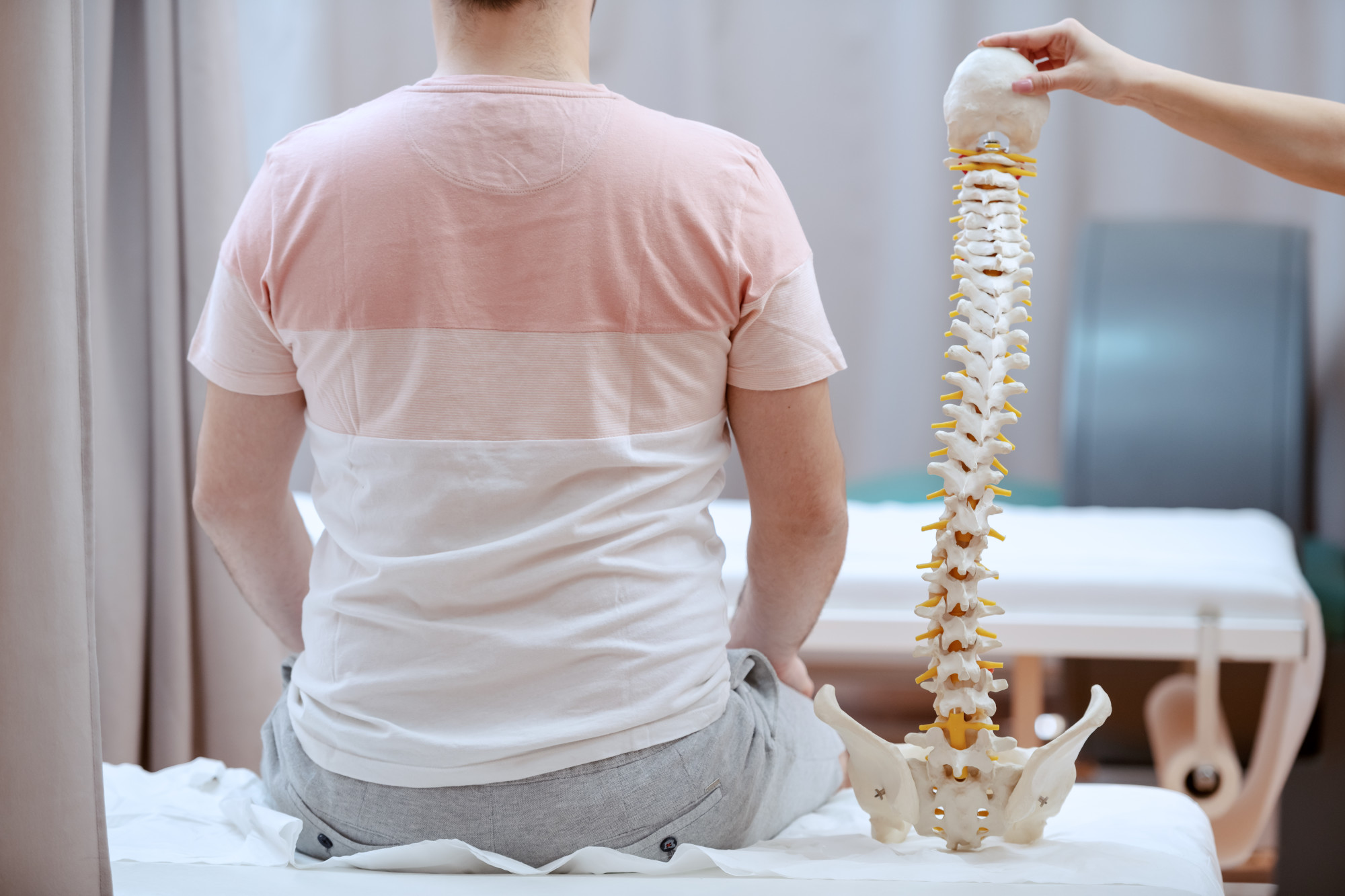Many people live with the discomfort of a pinched nerve. But, if you are experiencing numbness, weakness, or impairment of motor skills and cannot find relief, you may have a more serious condition like spinal stenosis.
Spinal stenosis is the narrowing of the spine’s space, which causes pressure on the spinal cord and nerves. If not addressed and treated by a specialist, spinal stenosis can become a serious condition.
While there is no cure for the condition, you can find relief through noninvasive treatment options. Read on to learn more about spinal stenosis treatment options available, and how you can live a normal life once again.
However please keep in mind, that this article is for informational purposes only. You should talk to a spinal specialist like Dr Timothy Steel before making any major decisions.
What Is Spinal Stenosis?
The condition known as spinal stenosis causes the spinal canal to narrow, placing pressure on the spinal cord or nerves. The spinal cord and nerves are pressed against by this constriction. Although it can occur anywhere along the spine, the lower back is where it usually occurs.
Causes and Results of Spinal Stenosis
Pain, numbness, or weakness in the legs and arms can be brought on by spinal stenosis. Aging frequently contributes to it.
In contrast to the bones’ and ligaments’ thickening, the disks between the vertebrae are becoming thinner. Tumors, injuries, and herniated disks can also result in spinal stenosis.
Symptoms of Spinal Stenosis
Spinal stenosis symptoms include back pain, numbness, weakness, and pain in the legs or buttocks. These symptoms can worsen over time and may make it difficult to walk or stand for long periods.
The pain is often worse when you are standing or walking, and relieved by sitting or leaning forward. Numbness, tingling, and weakness in the legs are caused by the compression of the nerves in the spinal canal. In severe cases, people may have trouble urinating or having a bowel movement, or lose control of their bladder or bowels.
Spinal Stenosis Treatment Options
In milder cases, over-the-counter or prescription pain medication may be all that is needed. Physical therapy and exercises to stretch and strengthen the muscles around the spine can also be helpful.
If the stenosis is more severe, doctors may recommend injections of steroids or other anti-inflammatory medications directly into the affected area. For example, laser spine surgery is a surgical treatment option for spinal stenosis that can provide relief from pain and other symptoms. This invasive procedure uses a laser to remove tissue and relieve pressure on the spinal cord or nerves.
It may be an option for people who have not had success with other methods of treatment, such as physical therapy, medication, or injections. The surgery is quick and recovery time is typically short and side effects are typically minimal. In the most extreme cases, surgery may be necessary to decompress the spinal cord or nerves.
A Guide to Knowing More About Spinal Stenosis
If you or a loved one have been diagnosed with spinal stenosis, it is important to learn as much as possible about the condition. This guide provides an overview of what spinal stenosis is, its symptoms, and especially spinal stenosis treatment options.
It also includes information on how to cope with the condition and where to find support. With this knowledge, you can take steps to manage your spinal stenosis and improve your quality of life.
Did you enjoy this article? If so, please continue reading our other articles.




